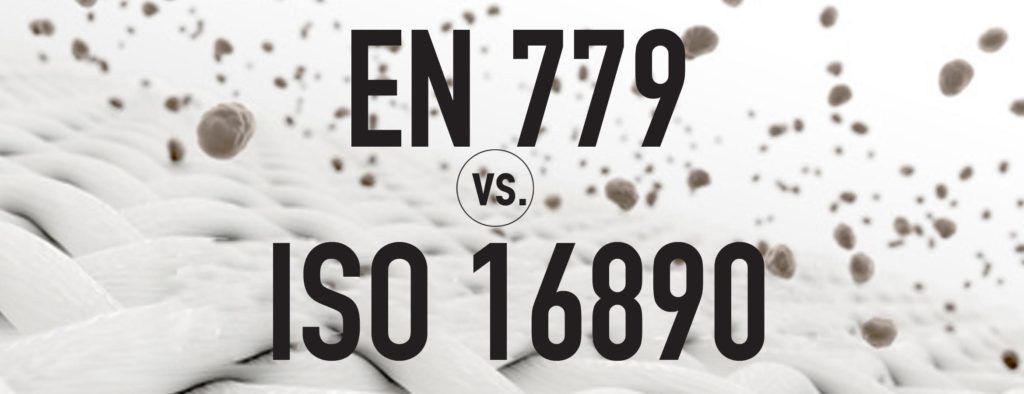The main differences between EN 779 and ISO 16890 standards lie in their approach to methods of air filter testing and classification. This change has occurred when the International Standards Organization (ISO) issued it as an effort to improve air quality in light of new studies, regulations, and increasingly high particulate matter (PM) pollution. The focus of the new standard is on fine dust and it is very detailed in its comprehensive test procedures and classification methods.
New Studies, Expectations, Regulations
Public documentation by the world’s leading health-related groups always refer to PM 10, PM2.5, and PM1 fine dust sizes as the most harmful for humans, but EN 779 did not consider these PM levels.
This public documentation is based on new studies that show an increase in PM pollution. They also show that particles with a diameter of 1 micron or smaller can find their way into the human blood stream through the alveoli cell membranes of the lungs.
Among cardiovascular issues and other effects, nervous system regulation is adversely affected by smaller fine dust particles in the human body. The new ISO standards take into account these studies that have been presented to the public as a logical step in keeping the standards up to date with public expectations as well as with new regulations that have been set by the World Health Organization (WHO) and environmental agencies.
Air Filter Testing
Air filter efficiency, according to EN 779, was to be measured by test procedures that only considered particles in the size of .4 microns. The new ISO 16890 air filter test procedures consider particles from the 10 microns to .3 microns range.
A new test aerosol, potassium chloride (KCL), has also been added to the new testing methods. Methods of testing with through electrostatic discharge procedures, dust feed, and final differential pressure testing procedures have also changed.
Air Filter Classification
Air filters must be capable of separating a minimum of 50 percent of a particle size range to have itself classified for one of the three fine dust fractions, PM10, PM 2.5, and PM1. New classifications are also now called Filter Groups, rather than Filter Classes.
Further, an air filter’s valuation according to its measured arrestance has changed with the new ISO 16890 Standard, and new minimum requirements have been set for efficiency ratings.
Conclusion
Because so many new studies are focusing on the adverse health effects of fine dust, the public’s and government expectations for air quality have risen. In keeping with updated publications, testing procedures and classification methods have changed.
These allow for the selection of the best air filter given the particulate matter pollution in a given geographic area and atmospheric level. For more information about getting your air filtration system up to date with the new ISO 16890 Standards, contact Engineered Filtration Systems, at 1-800-796-4337. Or, visit our complete line of commercial air filters online.

